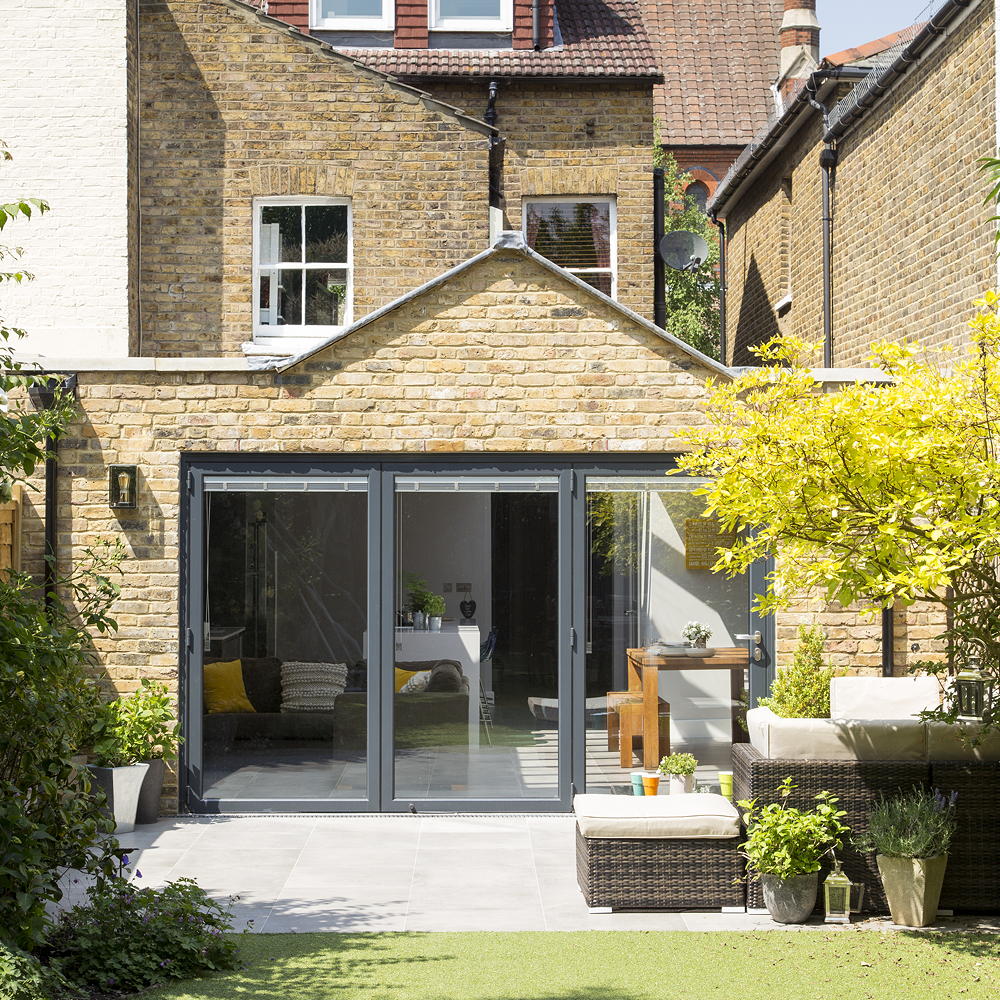When does the stamp duty holiday end? Everything you need to know
The tax break is winding down in the next few months

The property market has boomed over the last year, defying house price crash concerns. A large part of this is attributed to homebuyers rushing to take advantage of the stamp duty holiday introduced in July 2020. However, despite being extended until July of this year, the stamp duty holiday is currently in the process of being phased out.
Here are all the important dates you need to know about when the stamp duty holiday ends, and how much you will need to pay.
When the measure was first introduced in July 2020 buyers didn’t have to pay stamp duty on the first £500,000 on property sales in both England and Northern Ireland. However, from 1st July threshold was reduced to £250,000, buyers now currently have to pay stamp duty on properties above this amount.

Different stamp duty rates apply to different price brackets. Properties priced between £250,001 and £925,000 are required to pay 5 percent. In the £925,001 to £1,500,000 price bracket buyers are required to pay 10 percent. Upwards of £1,500,000, will mean buyers need to pay 12 percent.
The official date for the end of the stamp duty holiday is 1st October. From this date rates will all revert back to normal, which means buyers will need to start paying stamp duty on properties over £125,001. To work out how much stamp duty you will need to pay you can check on the Government website stamp duty calculator.

What is a stamp duty holiday?
A prospective home buyer has to pay stamp duty on a property worth more than £125,000. The more expensive the property is, the higher the stamp duty. However, first-time buyers purchasing property costing less than £300,000 don't pay stamp duty.
The idea behind a stamp duty holiday is that it will lessen the financial burden on potential home buyers. Hopefully, encouraging more prospective buyers. This, in turn, would help restore confidence in the market. These two factors would work together to get the market moving again.
Sign up to our newsletter for style inspiration, real homes, project and garden advice and shopping know-how

Does a stamp duty holiday help potential buyers?
A stamp duty holiday is not unprecedented. During the 1992 downturn, a stamp duty holiday helped double the number of homes sales. A 12-month stamp duty holiday was also one of the measures introduced following the 2008 financial crash to boost the property market.
This stamp duty holiday has helped stimulate property market activity in 2020 and 2021. the latest Nationwide house price index revealed that the record-breaking house price growth has started to slow as the stamp duty holiday has been phased out. Unfortunately, the side effect of fueling the rising house prices by increasing demand for properties has not necessarily benefited home buyers.

Rebecca Knight has been the Deputy Editor on the Ideal Home Website since 2022. She graduated with a Masters degree in magazine journalism from City, University of London in 2018, before starting her journalism career as a staff writer on women's weekly magazines. She fell into the world of homes and interiors after joining the Ideal Home website team in 2019 as a Digital Writer. In 2020 she moved into position of Homes News Editor working across Homes & Gardens, LivingEtc, Real Homes, Gardeningetc and Ideal Home covering everything from the latest viral cleaning hack to the next big interior trend.